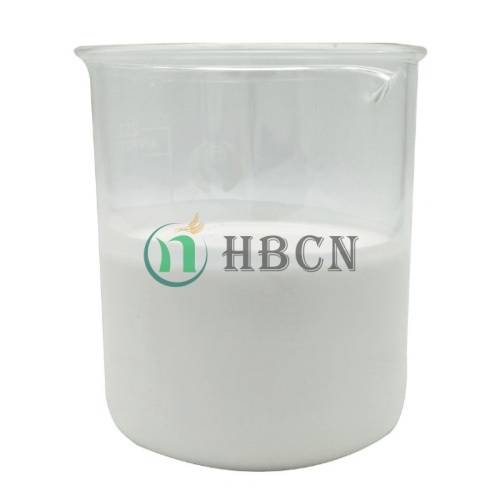
Dec . 20, 2024 08:51 Back to list
Safety Data Sheet Overview for Chlorothalonil 720 Agricultural Fungicide
Understanding Chlorothalonil A Comprehensive Overview
Chlorothalonil, a broad-spectrum fungicide, is widely used in agriculture for the control of various fungal diseases affecting crops. With a chemical formula of C8Cl4N2 and a molecular weight of 265.9 g/mol, chlorothalonil is recognized for its effectiveness and versatility. This article aims to provide a detailed overview of chlorothalonil, including its properties, uses, safety data (as noted in its Material Safety Data Sheet, or MSDS), and environmental considerations.
Properties
Chlorothalonil is a white to off-white crystalline solid that is slightly soluble in water but more readily soluble in most organic solvents. Its high stability and low volatility make it an attractive option for agricultural applications. The compound acts by inhibiting fungal growth and reproduction, providing a protective barrier to crops. It is effective against a wide range of pathogens, including botrytis, powdery mildew, and rust, making it suitable for various crops such as vegetables, fruits, and ornamental plants.
Uses
In agricultural practice, chlorothalonil is primarily employed to control fungal diseases that can devastate yields. It is often used in the treatment of crops like potatoes, tomatoes, and cucumbers, as well as in turf management. Farmers and agricultural professionals value chlorothalonil for its reliability and cost-effectiveness compared to other fungicides.
Material Safety Data Sheet (MSDS)
Understanding the risks and handling procedures associated with chlorothalonil is crucial for anyone working with this chemical
. The Material Safety Data Sheet (MSDS) provides essential information regarding the safety measures to follow when using chlorothalonil.famous chlorothalonil 720 msds

1. Toxicological Information Chlorothalonil is classified as a possible human carcinogen (Group 2B) by the International Agency for Research on Cancer (IARC). It may cause skin irritation and is harmful if inhaled or ingested. Users are advised to avoid prolonged contact with skin and inhalation of vapors.
2. Personal Protective Equipment (PPE) When handling chlorothalonil, it is important to wear suitable protective gear, including gloves, goggles, and respiratory protection. This ensures minimal exposure to the skin and respiratory system.
3. First-Aid Measures In the event of exposure, it is crucial to follow proper first-aid procedures. If exposed to skin, wash thoroughly with soap and water. If inhaled, move the affected person to fresh air and seek medical attention if symptoms persist. For ingestion, do not induce vomiting; instead, seek immediate medical assistance.
4. Storage and Disposal Chlorothalonil should be stored in a cool, dry place, away from direct sunlight and incompatible materials. Disposal must comply with local regulations, as improper disposal can lead to environmental contamination.
Environmental Considerations
The environmental impact of chlorothalonil is a significant concern. Chlorothalonil is known to be persistent in the environment and has been detected in water sources due to runoff and leaching. Its potential impact on non-target organisms, including aquatic life and pollinators, has led to increased scrutiny and regulatory actions in some regions.
In conclusion, while chlorothalonil remains an effective tool for disease management in agriculture, it is essential for users to understand its risks, follow safety protocols as outlined in the MSDS, and consider its environmental implications. Increased focus on integrated pest management (IPM) strategies and the development of less harmful alternatives reflect a growing awareness of the need for sustainable agricultural practices. As with any agricultural chemical, responsible use and careful consideration of safety and environmental factors are crucial for ensuring the health of both crops and ecosystems.
-
Azoxystrobin: Broad-Spectrum Fungicide Solutions
NewsAug.11,2025
-
Best EPA Boscalid: Superior Crop Fungicide for Max Yields
NewsAug.11,2025
-
Best Willowood Imidacloprid: Superior Pest Control Solutions
NewsAug.10,2025
-
Best EPA Boscalid Fungicide: Ultimate Crop Protection
NewsAug.09,2025
-
Cyprodinil Fungicide: Broad-Spectrum Crop Protection
NewsAug.08,2025
-
Tembotrione Herbicide: Advanced 8% OD for Broad Spectrum
NewsAug.07,2025
